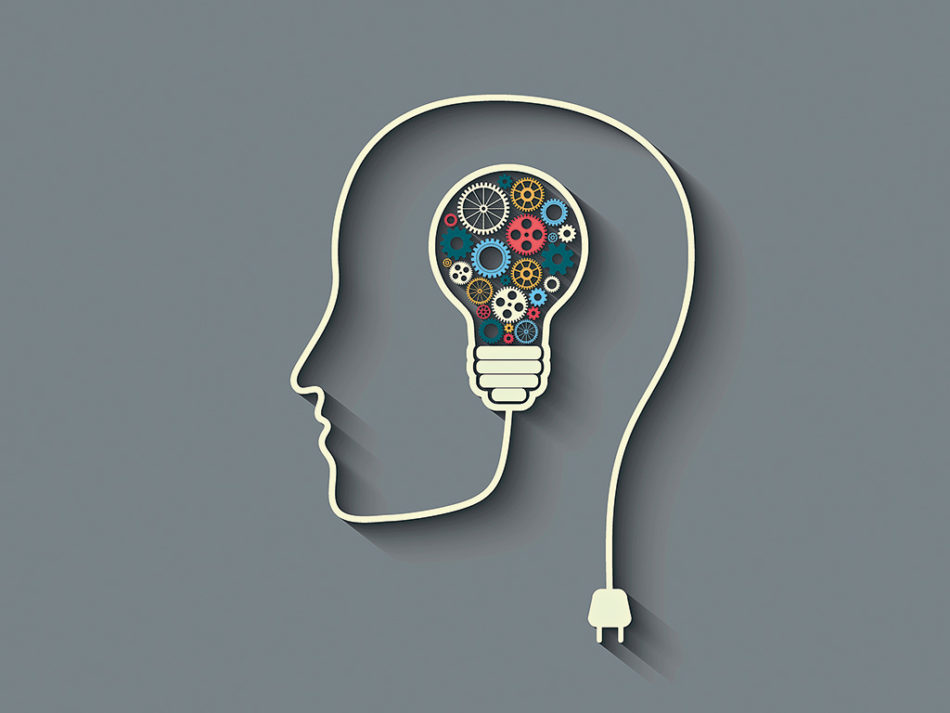February 27, 2017
Once upon a time, five blind men discovered an elephant. Each man examined a different part of the elephant and formed a unique impression about the animal. One believed an elephant was like a pillar, while another decided an elephant was like a snake.
In recent weeks, stock and bond markets have been telling different stories, too.
Following a rally on Friday, the Dow Jones Industrial Average finished at a record high for the 11th time last week. Reuters reported major U.S. benchmark indices have been driven higher by optimism about tax reform, eased regulation, and increased infrastructure spending.
Both Reuters and Financial Times wrote some investors have become more cautious amidst growing doubts about the pace at which the new administration’s economic policies may be achieved, as well as concerns about the outcome of European elections. These concerns are reflected in the bond market. Barron’s reported:
“The market’s recent advance has taken place on expectations of the reflationary impact of the Trump administration’s policies…the action in global bond markets suggests something else. The 10-year U.S. Treasury yield ended the week at 2.317 percent, the lowest since late November, despite the reflation trade in stocks and expectations of a Fed hike by June, if not May. Even more startling was the slide in the German two-year yield, to minus 0.95 percent, by week’s end, close to a record low, amid growing concern about France’s coming presidential election. While stock investors are smiling at daily Dow records, the bond crowd seems to be hunkering down.”
Who is correct? As with the folk tale about the elephant, both stock and bond markets may be right. Fiscal stimulus could boost economic growth, supporting higher stock values. However, the positive effects of a potential stimulus package are unlikely to be felt before 2018, according to Treasury Secretary Mnuchin. In the meantime, uncertainty about governments and policies at home and abroad may have investors opting for investments they perceive to be lower risk, such as U.S. Treasuries, and that could keep bond yields lower than some had expected.
The Best Inventions of 2016
Late last year, Time Magazine selected 25 inventions that “are making the world better, smarter, and – in some cases – a little more fun.” Past editions have included underground parks, gluten sniffers, and the desktop DNA lab. For 2016, the list included:
Spherical tires. Intended for self-driving cars, spherical tires move in every direction, allowing cars to maneuver in new and unexpected ways. For example, a car can slide sideways into a parallel parking space. A critical difference between current tires and spherical tires is magnetic levitation. That’s right. The tires hover beneath the car instead of being bolted on.
Levitating lightbulbs. This wireless floating lightbulb “relies on electromagnetism to levitate and spin, and on resonant inductive coupling – a technical term for wireless power transmission – to shine.” The bulbs were so popular, the company created levitating clocks (with custom orbits that can be set for one minute or one year) and planters.
Smarter toothbrushes. The war on gum disease is never over. Dental hygiene slackers may find using these electric toothbrushes, which vibrate every 30 seconds to remind users to switch brush position, more rewarding. Next up: a more satisfying flossing experience.
Assistive tableware. If you have a loved one with a cognitive disability, assistive tableware may provide a mealtime solution, helping users eat more and maintain their dignity. The trick is in the design – bright colors, wide rubber bases, and easy-to-hold cups and flatware.
Playful prosthetics. A new prosthetic arm for children encourages play and is likely to make siblings and friends jealous. “When they need a hand, they have one. But they can replace it with any number of toy-like attachments, all of which are compatible with” a famous brand of building blocks.
It’s always impressive to discover what a well-leavened blend of technology and cleverness will produce.

